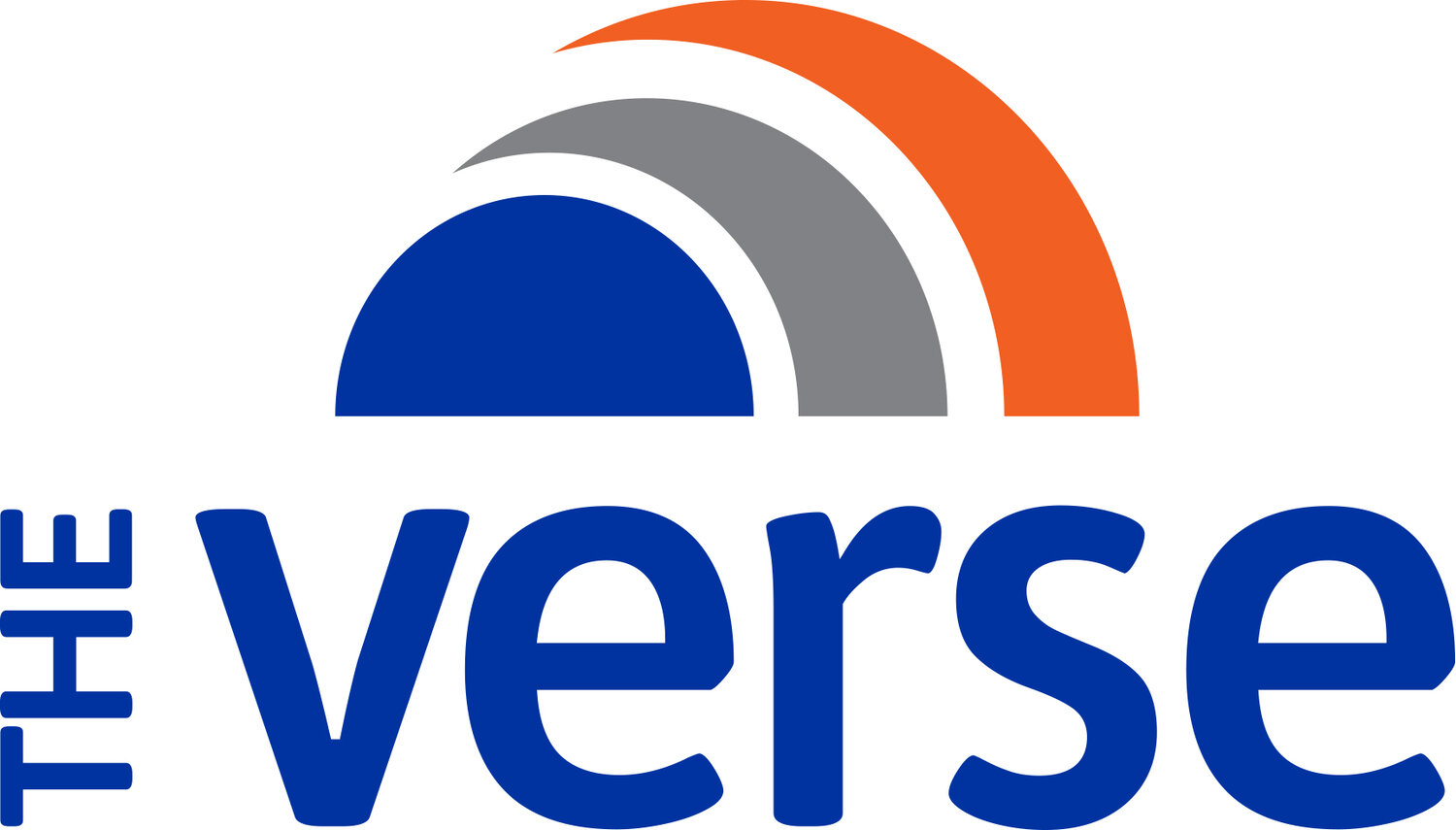Finding a Cure with CRISPR Gene Editing
Science: it’s alive.
Never did our co-editor, Jennifer, ever think she’d stumble into the middle of a scientific revolution, but there she is, waving from the one that’s changing the way we think about human life and diseases. We’re talking CRISPR, a set of molecular scissors that has enabled researchers to rewrite the code of life, with potential applications including the creation of disease-free plants and the discovery of cures for adults and children like Jennifer’s son, Charlie. Read on, if only to avoid the assumption that the topic is refrigerators next time someone lobs the CRISPR term in a social setting.
Here’s more from Jennifer.
When my four-year-old son, Charlie, was diagnosed with Duchenne muscular dystrophy in late 2020, a small silver lining came from the doctor’s own words. Rather than “Take him home and love him, because there’s no treatment or cure,” as scores of parents before us had heard, he said, “Ten years ago we would be having a different kind of conversation, but today there’s hope.” That was all I needed to hear. Hope is the thing with feathers, you know? It just needs a little loft.
I’m not saying it always feels fortunate to be someone whose child might benefit from a medical miracle in the making, but I’m certainly grateful that it’s happening. To have an evolving technology so astonishing that its researchers won the Nobel Prize—that’s something. So what is CRISPR? Get your beakers out, because science class is in session.
An acronym for Clustered Regularly Interspaced Short Palindromic Repeats, CRISPR is a genome-editing technique that relies on the naturally occurring immune systems bacteria employ to fight off viruses (and yes, I admit that I truly did not know a virus could infect a bacteria before CRISPR was on my radar). The system includes both CRISPR and Cas proteins. CRISPR essentially bookmarks short bits of identifying DNA from attacking viruses and those snippets are transcribed to RNAs (yes, those RNAs) that guide Cas proteins to “cut” DNA of viral sequences that fit the description.
Scientists have learned how to harness this phenomenon in the lab by programming RNA molecules to match a specific DNA sequence in human cells. This guide RNA can be programmed to carry molecular wite-out to the genetic typo, so to speak, and either edit the error, delete an errant stretch or insert the right info. It’s been successfully used to create a functional cure for sickle cell disease and beta-thalassemia, and is right this very minute, in labs across the world, under investigation for use in cancer, HIV, cystic fibrosis and, yes, Duchenne muscular dystrophy.
The pace of progress toward this kind of curative treatment is heartening; my daily google alert summaries are thankfully full. Awareness is an important piece of the equation for rare disease patients (Rare Disease Day will be marked on February 28), so if you’d like some extra credit materials:
CRISPR Classroom. Begun by a CRISPR researcher, this platform offers courses for both scientists themselves—and the rest of us. Their Instagram feed is a nice way to ease in with regular nuggets from the field.
The Code Breaker. An alchemy only Walter Isaacson can achieve, this book combines a legit scientific deep-dive with captivating storytelling about Jennifer Doudna, one of the above-mentioned Nobel Prize-winning researchers who discovered CRISPR.
STAT News. Aside from its genuinely compelling reads covering all manner of medicine and health care, this Boston Globe-owned platform recently launched a CRISPR Tracker to help those with a dog in the hunt (like me) keep tabs on the state of play.
